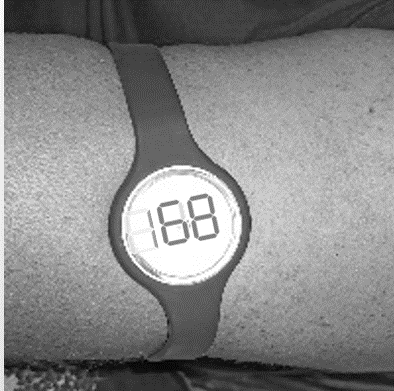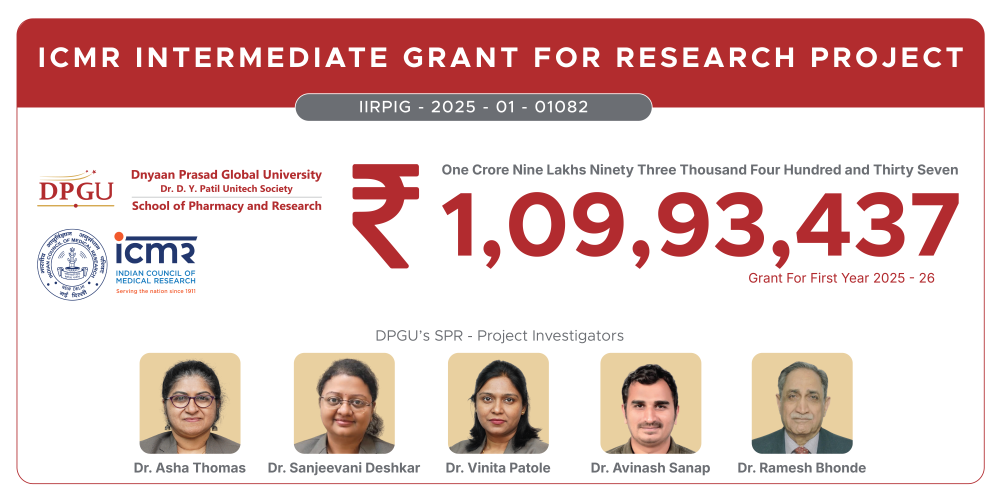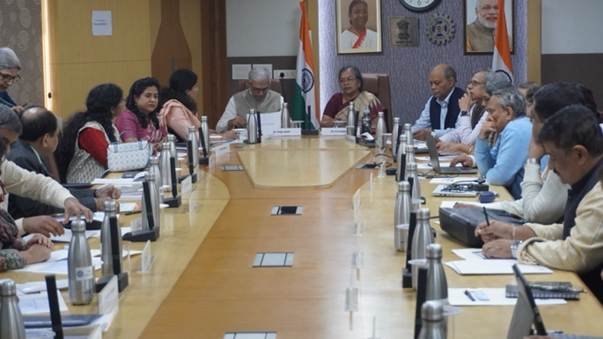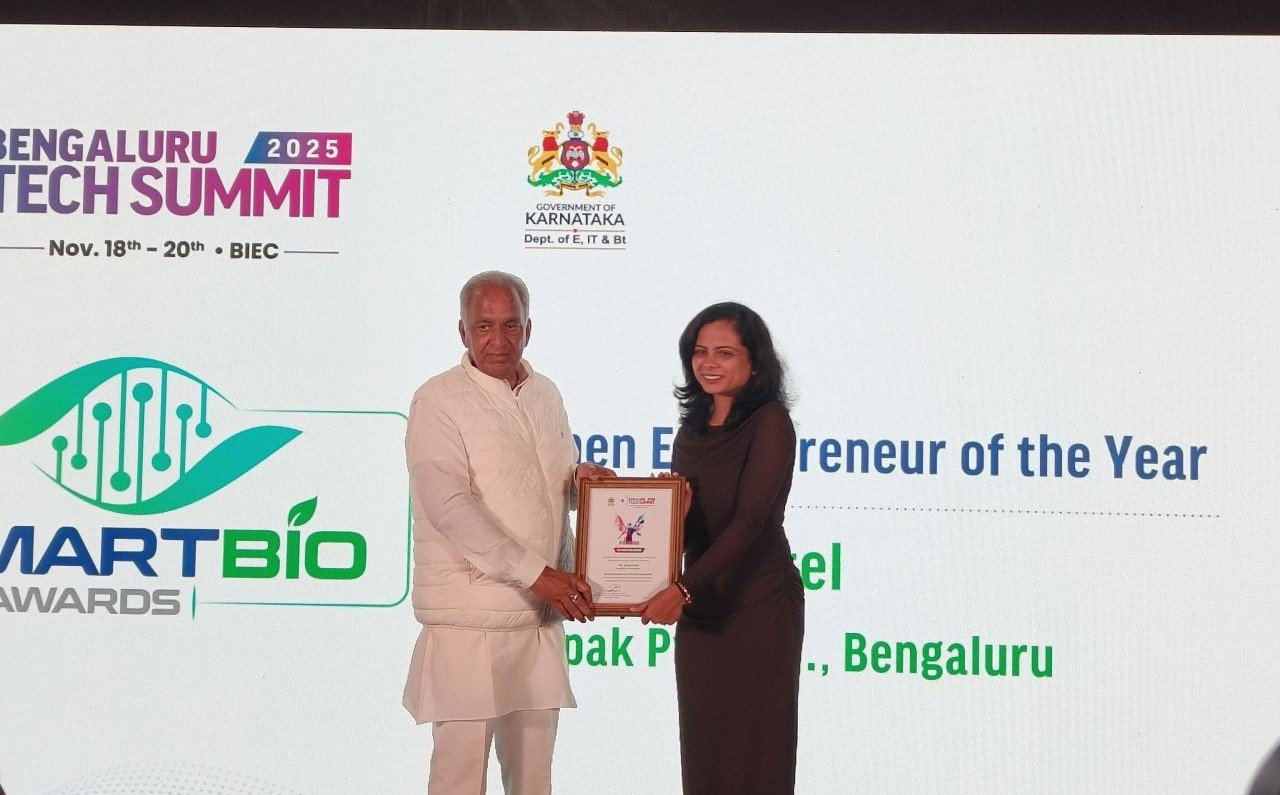IIT-M develops affordable, minimally invasive glucose monitoring device for diabetes patients
November 06, 2025 | Thursday | News
This patented device spares patients the discomfort of multiple finger pricks a day, thereby making glucose monitoring painless
Researchers at the Indian Institute of Technology Madras (IIT-M) have developed and patented a cost-effective, user-friendly, and minimally invasive glucose monitoring device for diabetes patients.
They have reimagined the device ground-up, focusing on comfort, accessibility and long-term affordability while ensuring high standards of accuracy and reliability.
As per the Indian Council of Medical Research – India Diabetes (ICMR INDIAB) study published in 2023, the prevalence of diabetes is 10.1 crore people.
The most common method in use, Self-Monitoring of Blood Glucose (SMBG), requires finger-prick blood sampling multiple times a day. It is effective, but invasive. Continuous Glucose Monitoring (CGM) systems represent an advance over SMBG, offering real-time readings without repeated finger pricks.
However, the current generation of CGMs comes with their own set of limitations such as high cost, dependence on separate devices such as smartphones or dedicated readers to display results.
In addressing these challenge, IIT Madras researchers from the Electronic Materials and Thin Films Lab, led by Prof. Parasuraman Swaminathan, developed a set of innovations that together redefine a CGM device. These innovations have been formally recognised and protected through multiple patents.
The cornerstone of this solution is a modular system that combines reusable electronics and a low-power display unit with a disposable microneedle sensor patch.
L. Balamurugan, an IIT Madras MS Entrepreneurship scholar working on this solution, said “A device like this is a real enabler. By making glucose monitoring painless, discreet, and affordable, it encourages people to check their levels more regularly, understand their body’s patterns, and take timely action. Over time, it leads to fewer emergencies, fewer hospital visits and less strain on families and healthcare systems. On a National scale, a domestically-developed CGM also strengthens our self-reliance in medical technology, reducing dependence on imported devices and creating opportunities for local manufacturing and employment.”










